A World of Strangers: Crowds in American Art
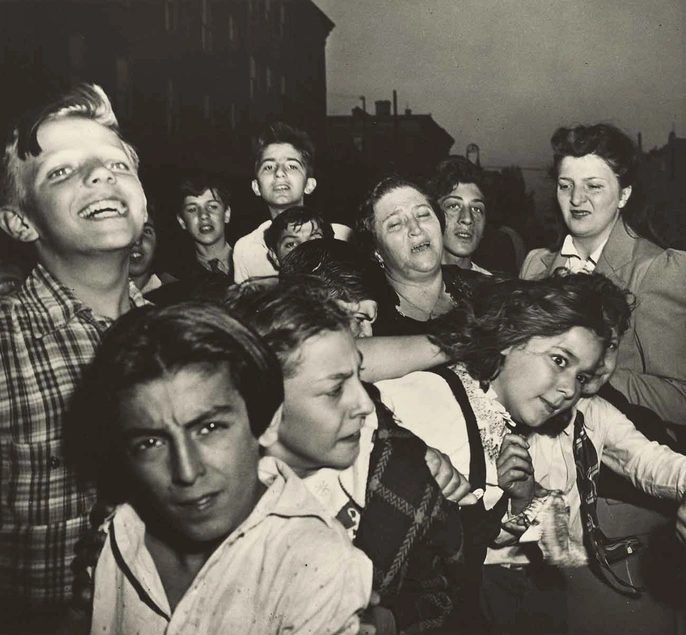
Weegee, First Murder, c. 1950, gelatin silver print, 10 1/8 × 11 in. The J. Paul Getty Museum, Los Angeles. © International Center of Photography.
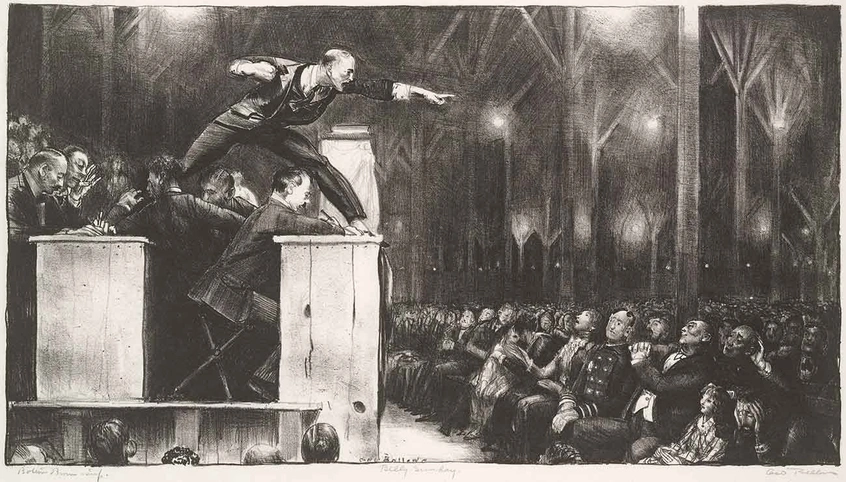
George Wesley Bellows, Billy Sunday, 1923, lithograph, 8 7/8 × 16 1/8 in. The Huntington Library, Art Collections, and Botanical Gardens. Collection of Hannah S. Kully.
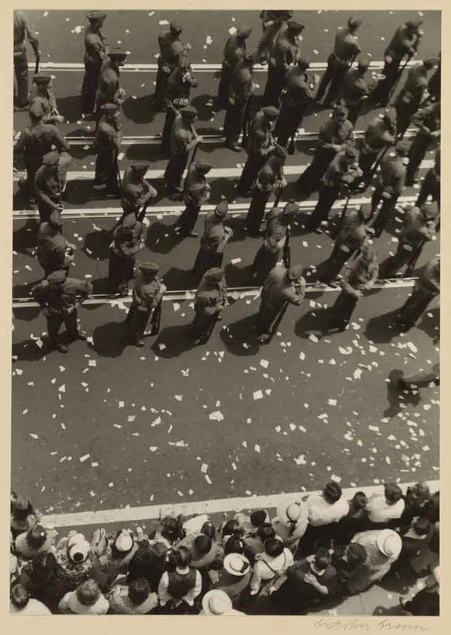
Walker Evans, Bridgeport Parade: Marching Band and Crowd, 1941, gelatin silver print, 7 3/16 × 8 7/8 in. J. Paul Getty Museum, Los Angeles.
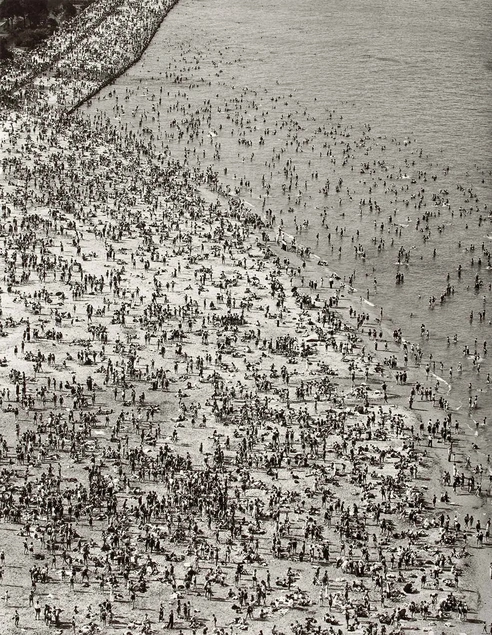
Torkel Korling, Crowded Beach, 1929, gelatin silver print, 13 7/16 × 10 7/16. Los Angeles County Museum of Art. The Marjorie and Leonard Vernon Collection, gift of The Annenberg Foundation, acquired from Carol Vernon and Robert Turbin. Photo © 2015 Museum Associates/LACMA.

Torkel Korling, Cut Away Abstraction, Rockford, 1944, gelatin silver print, 10 15/16 × 13 7/8. Los Angeles County Museum of Art. The Marjorie and Leonard Vernon Collection, gift of The Annenberg Foundation, acquired from Carol Vernon and Robert Turbin. Photo © 2015 Museum Associates/LACMA.
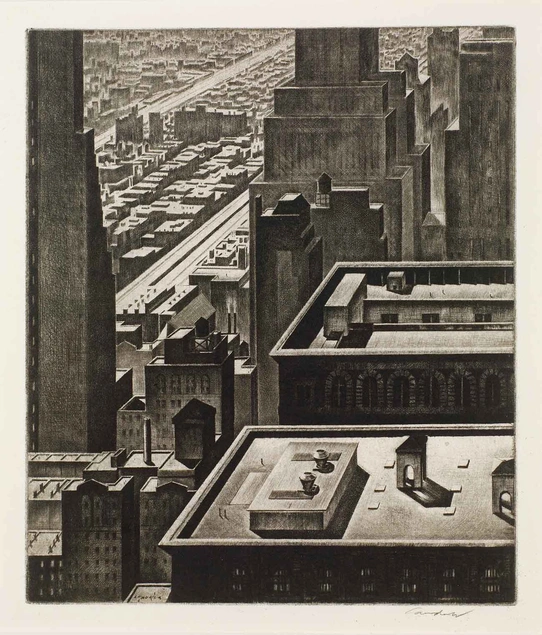
Armin Landeck, Manhattan Vista, 1934, drypoint, 10 1/8 × 8 5/8 in. The Huntington Library, Art Collections, and Botanical Gardens. Gift of Hannah S. Kully.
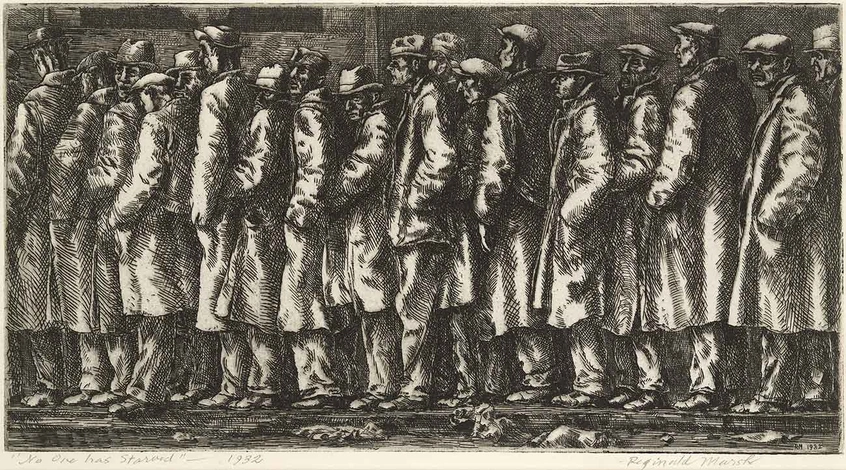
Reginald Marsh, Bread Line―No One Has Starved, 1932, etching and engraving, 6 15/16 × 11 7/8 in. The Huntington Library, Art Collections, and Botanical Gardens. © Estate of Reginald Marsh/ Art Students League/ Artist Rights Society (ARS), New York.
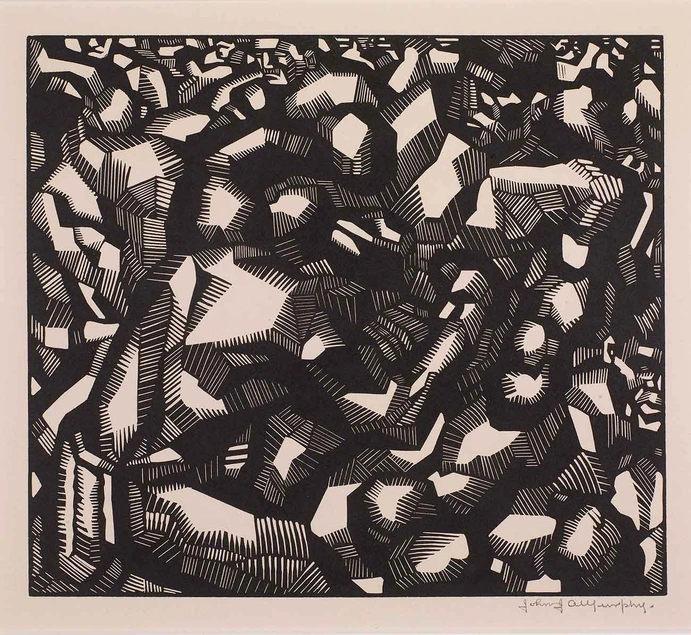
John J.A. Murphy, Shadow Boxers, 1925, woodcut, 8 × 9 in. The Huntington Library, Art Collections, and Botanical Gardens. Gift of Hannah S. Kully.
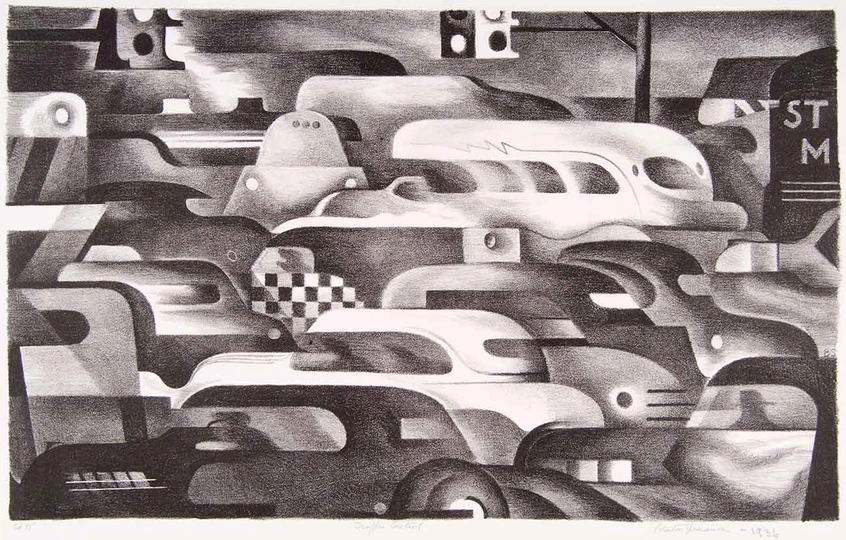
Benton Murdoch Spruance, Traffic Control, 1936, lithograph on woven paper, 9 × 14 3/8 in. The Huntington Library, Art Collections, and Botanical Gardens. Purchased with funds provided by Russel I. and Hannah S. Kully. Image courtesy of bentonspruance.com.
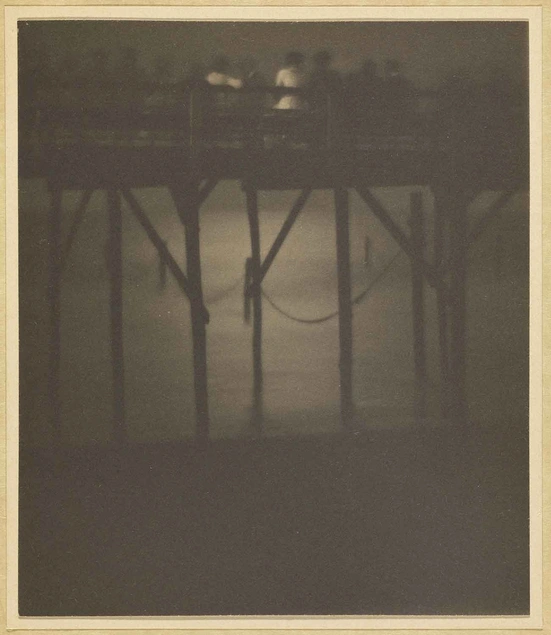
Karl F. Struss, Crowded Pier by Moonlight, Arverne, Long Island, New York, 1910–1912, sepia toned platinum print, 4 1/4 × 3 5/8 in. The J. Paul Getty Museum, Los Angeles. © 1983 Amon Carter Museum of Art, Fort Worth, Texas.
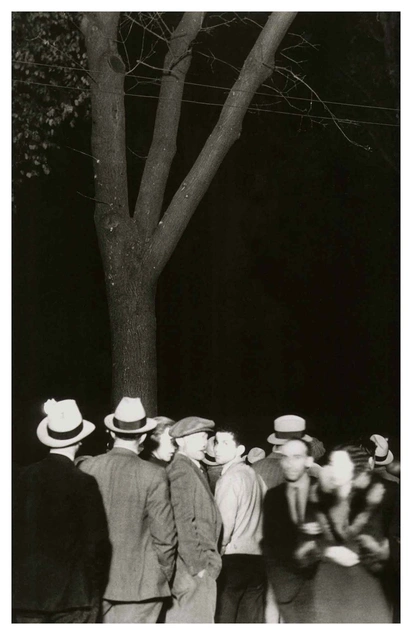
Ken Gonzalez-Day, East First Street, 2006, 3 13/16 × 6 in. Courtesy of the artist and Luis De Jesus Los Angeles.











Crowds are the temporary groups that strangers form. They take shape at baseball games and in subway stations, at patriotic parades and in angry riots. Fickle and ephemeral, crowds can be joyous, destructive, or somber. “A World of Strangers: Crowds in American Art,” explores how artists have represented these teeming and fluid masses from the early 20th century to today. This focused loan exhibition includes about 20 prints, photographs, and other works by artists such as George Bellows, Walker Evans, Armin Landeck, George Luks, Benton Murdoch Spruance, and Weegee. By rendering people as patterns of dots, murky silhouettes, or river-like currents of cars, these and other artists create a form of abstraction that erases individuality and tames the crowd’s restless energy.
This exhibition has been generously supported by the Susan and Stephen Chandler Exhibition Endowment.